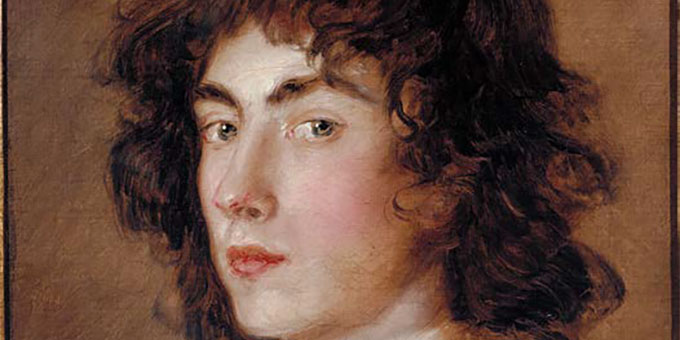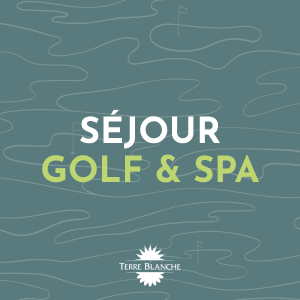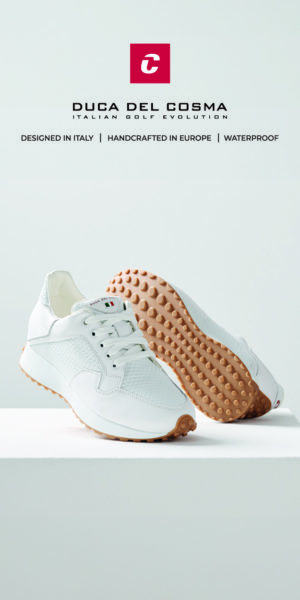Posted on August 27, 2019 in Arts & culture.
The Golden Age of English Painting - from Reynolds to Turner
The 1760s, at the start of George III's reign, marked a turning point for British art, with the triumphant ascension of Joshua Reynolds (1723-1792) and Thomas Gainsborough (1727-1788), as well as the founding of the Royal Academy of Arts of which Reynolds was the first president.

Thomas Gainsborough, Gainsborough Dupont (detail), circa 1770-1775, oil on canvas, 45,5 × 37,5 cm, Tate: bequeathed by Lady d'Abernon in 1954 © Tate, London, 2019
Recognized as masters of portraiture, Reynolds and Gainsborough competed to elevate the genre to new levels of visual and intellectual innovation. They were able to honor the great masters, while showing great psychological insight and a mastery of painting constantly reinvented.
The exhibition The Golden Age of English Painting opens with the confrontation of the two painters, through full-length portraits and intimate studies, with striking resemblance, of notables, members of the royal family or personalities. Reynolds' intellectual ambitions and historical references then contrast with the instantaneity and pictorial ease of Gainsborough. Together, they redefined British art and took the new generation to new heights. Their lasting influence is then explored through a selection of major portraits made by their direct competitors or by their disciples, drawn for the most part by the new Royal Academy, notably John Hopper, William Beechey and Thomas Lawrence. Supported by the king, but also and especially by the actors of trade and industry, British painting flourished in a diversity of styles, which was then perceived by contemporaries as the sign of an artistic golden age .
Then are tackled themes then in vogue such as that of the lineage, the family and the home in portraits and genre painting. The era saw the birth of a new look at childhood, characterized by intimate accents and an apology for relaxation. Representations of family and childish innocence then illustrate a new understanding of nature and emotion. The following section develops this theme by focusing on paintings representing everyday life, especially rural life. Important works by Gainsborough (in his favorite role as landscape painter), George Stubbs and George Morland show the new attention paid to the picturesque, while the extraordinary portrait of Reynolds, The Archers, puts the concept of wilderness in the service of a new heroic image of the British ruling class.
A narrower section then illustrates the presence of Great Britain in India and the West Indies, recalling that the artistic and cultural progress of the country was, essentially, based on the political and commercial exploitation of overseas territories.
A selection of works on paper shows at the same time the tremendous rise in England of another form of pictorial expression: watercolor, which allows many artists to stand out, while meeting the need for a new society of amateurs.
Reynolds, as President of the Royal Academy, sets new ambitions for British art, centered on history painting, the only genre allowing an artist to achieve his full potential, even if he himself observed that patrons were rarely inclined to support this noble genre. Portraits, landscapes and scenes of everyday life flourished, however, and the very variety of British art in these areas seemed to be the product of a country-specific genius, free from rules and conventions. History painting developed in Great Britain, however, and underwent a radical transformation during this period. The last part of the exhibition shows how British artists have developed narrative figuration to take it to the sublime. The works of Henri Fuseli, John Martin and PJ De Loutherbourg, as well as the work of JMW Turner, opened the way to a new conception of art as a support for the imagination.
Pratical information
The Golden Age of English Painting - from Reynolds to Turner
11 September 2019 - 16 February 2020
Luxembourg Museum
19, rue Vaugirard, 75006 Paris
- police station: Martin Myrone, Chief Curator, Tate Britain, Cécile Maisonneuve, Scientific Advisor, Meeting of National Museums -Grand Palais
- scenography: Jean-Paul Camargo - Saluces
opening time:
- every day from 10 a.m. to 30 p.m., late opening until 19 p.m. Monday.
- Opening December 24 and 31 from 10:30 a.m. to 18 p.m.
- closed on December 25.
prices:
- 13 €;
- TR € 9, special Young 16-25 years old: € 9 for 2 people Monday to Friday after 16 p.m.
- free for children under 16, beneficiaries of social minima
access:
- M ° St Sulpice or Mabillon
- Luxembourg Rer B
- Bus: 58; 84; 89; Luxembourg Museum / Senate stop
Information and reservations: click here
Drawing Now Art Fair: Tatiana Wolska winner 2024
The invention of language by Gertrude Stein and Pablo Picasso
The history of French women's golf at Golf du Sorbier








